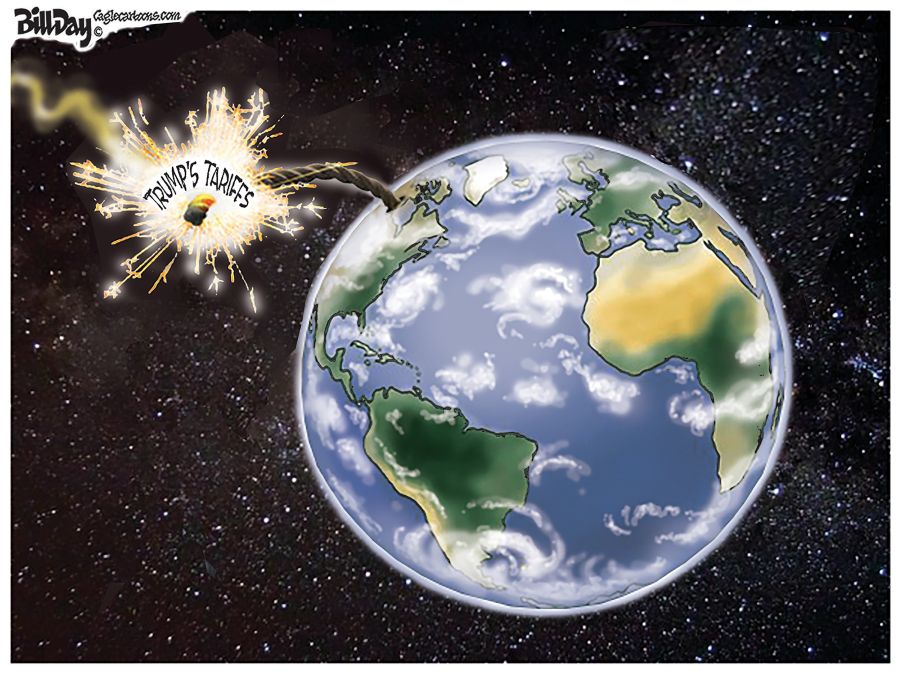From Otis White’s Urban Journal at governing.com:
Dealing with the homeless is unpleasant and expensive, and, unfortunately, doesn’t get much easier even if you’re successful. But here are the choices: Do it right and at least the problem becomes manageable in time. Or do it wrong and end up like Groundhog Day, with the same crisis over and over again.
So who’s doing it like Groundhog Day? Los Angeles, where thousands of homeless people camp out in an area known, inevitably, as skid row. L.A. has so mismanaged its homeless situation that it threatens to undo the otherwise promising revival of downtown. The bottom line is this: Los Angeles must create enough shelters or permanent housing to take these people off the streets. Once it has done so, it can enforce laws against sleeping on sidewalks or vacant lots.
But the city would rather not spend the money to be successful, so it has skipped step one (create the housing) and gone straight to step two (lock up the sidewalk sleepers). There are two problems with this approach: First, it is far more expensive to use police officers, courts, hospitals and jails to move the homeless off the streets than it is to offer them shelters, food and addiction treatment. Second, courts have said it’s against the law to arrest people for sleeping in public when they have no other place to go.
So, L.A. is busy building the housing it’ll need for the homeless, right? Of course not. Prevented from outlawing sidewalk sleeping, the city actually considered regulating it. The mayor, police chief and the ACLU worked out an agreement that would have allowed homeless people to sprawl on the sidewalk between 9 p.m. and 6 a.m., as long as they stayed more than 10 feet from doorways and didn’t block the entire walkway. Seriously. The L.A. city council rejected this nutty idea after downtown residents and businesses howled in protest.
Still, the council seems uninterested in doing the hard work that would actually solve its homeless problems, so expect to see L.A.’s skid row nightmare repeating itself over and over again.
Which brings us to a city that has done most things right, Philadelphia. Philly has built enough shelters and provided sufficient services to dramatically reduce its downtown homeless population. But even so, it has noticed the number of people sleeping outdoors creep up in recent months. (The homeless population, 376 in early September, is tiny by comparison to L.A.’s, but still up from earlier this year.)
What’s causing the rise? Downtown officials aren’t sure but think it could be the result of do-gooders (college kids and suburban church groups, for the most part) staging public feedings. And this gets to the heart of what makes the Philadelphia approach work: It doesn’t engage in charity. Services for the homeless, including food, are earned by good behavior, which means taking medications, living in shelters, visiting job counselors and so on. The do-gooders are short-circuiting the system.
”They think they’re helping when they’re not,” one downtown association official told the Philadelphia Inquirer. “Food should always be connected with the opportunity to get help. They enable people to remain on the street. It’s enabling people to remain addicted. We are not helping ourselves as a city if we encourage and enable these [homeless] camps.” If so, you end up on skid row in L.A.


